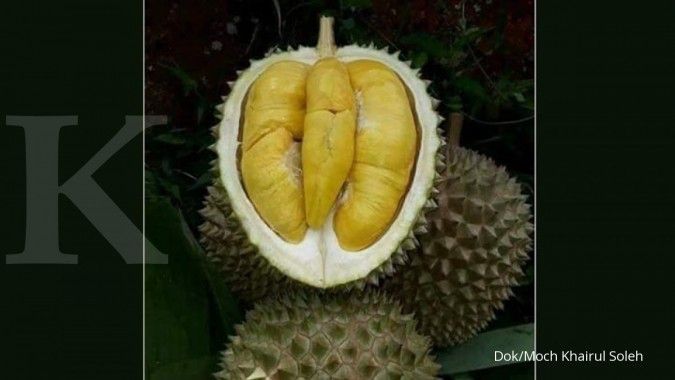The prize Nobel for medicine it was assigned to the British Michael Houghton and the Americans Harvey Alter and Charles Rice, who discovered the HCV virus, the cause of hepatitis C, and allowed the development of tests and medicines. Hcv is responsible for one of the largest epidemics in the world. According to the WHO, it affects 70 million people and kills 400,000 every year. It is a chronic disease that causes cirrhosis and can lead to cancer. “Thanks to their studies – is the reason for the award – it has been possible to develop blood tests and medicines that have saved millions of lives”. With serological tests, the risk of infected transfusions is now practically eliminated. “The discovery – continues the motivation – has allowed the rapid development of antiviral drugs. For the first time in history today the disease can be cured. We can also hope to eradicate it from the world”.
This year’s award has no direct ties to the coronavirus pandemic, but it encourages us to be optimistic and reminds us how insidious a virus can be capable of hiding itself in the body without giving immediate symptoms. By keeping its host healthy for years or decades, the hepatitis virus is one of the most efficient at transmitting among humans. Even the coronavirus, at least as regards the share of asymptomatic people, has basically adopted a similar strategy.
Alter is 85 years old. “Seeing so many people healed is exciting,” he commented after the news. He was born and graduated in New York. He spent his life as a researcher always in the United States, at the National Institutes of Health (Nih) and for a short time at Georgetown University. Rice is 68 years old. He was born in Sacramento and since 2001 teaches at Rockefeller University in New York, where until 2018 he directed the Hepatitis C Research Center. The British Houghton graduated in 1977 from King’s College London and later worked for the companies Searle & Company and Chiron. Since 2010 taught at the University of Alberta. Alter’s first studies on the hepatitis C virus date back to the 1970s, when diseases similar to hepatitis A and B, transmitted by blood transfusions, were noted, without it being possible to understand which microorganism was responsible. It wasn’t until 1989 that Houghton was the first to complete the genetic sequence of the virus, while Rice solved the difficult puzzle of its replication mechanism. After undoing this knot, the first effective drug, sofosbuvir, appeared about ten years ago.
The winners are awarded a gold medal and € 940,000 to be divided among the winners. But this year, due to a pandemic, the traditional, very sumptuous, award ceremony by the King of Sweden will not take place. It is only postponed to next year: the Nobel committee is sure that the pandemic will be over by then. Last year the award went to William Kaelin, Peter Ratcliffe and Gregg Semenza, two Americans and one British. They had discovered the mechanism by which cells react to oxygen deficiency. The prize for Physics will be announced on Tuesday, and on Wednesday for Chemistry. Thursday will be the turn of Literature and Friday of Peace.
–
No wonder the coronavirus did not make it into the Swedish award’s choices. Scientific Nobel Prizes are usually awarded to studies from several years earlier, often related to basic science, whose practical applications are hard to see. But the findings selected by 50 experts from the Stockholm’s Karolinska Institutet, Sweden’s most prestigious medical university, rarely go without use. Just think of the 1993 Nobel Prize, dedicated to a method for taking DNA segments and multiplying them in the laboratory. Today this technique – called PCR – is used 100 thousand times a day in Italy alone to detect coronavirus in swabs.
In 1984 an even more complicated discovery was made about how to manipulate the immune system using ingredients called monoclonal antibodies. Now this name is becoming more familiar to us. It is in fact one of the most promising drugs being studied against the pandemic. “Without basic science, we would not have the innovative applications,” explained Frances Arnold, a chemical engineer at Caltech in the United States, winner of the Nobel Prize in Chemistry in 2018.
The most important science prize in the world is governed by the will of Alfred Nobel (the inventor of dynamite), who wrote in 1895: the prize goes to “the authors of the most important discovery” and to those who “in the previous year rendered the highest services to humanity ”. The selection process begins in September of the previous year (the operations for the 2020 edition have already started). Letters are sent from Karolinska for previous winners, medical scientists from Sweden and neighboring countries and a limited number of experts from the rest of the world, who are asked to suggest candidate names. No one can obviously vote for himself. The list of candidates can only be revealed after 50 years. The final selection is then up to Karolinska. So far the Nobel Prize in Medicine has been awarded 109 times. The winners were 216, including 12 women. The average age of the winners is 58, with a maximum of 87 and a minimum of 32.
The existence of the Nobel laureates is due to a completely random fact: a wrong obituary published in 1888 in a French newspaper. It was Ludwig, Alfred’s brother, who died, but the newspaper headlined “The merchant of death is dead”, referring to the dozens of patents on dynamite and other explosives recognized to Alfred. Not wanting to be remembered with this epithet, the Swedish entrepreneur then decided to found the prize for the benefactors of humanity. In his idealism, Nobel once wrote: “My dynamite will bring peace, more than a thousand conventions between the countries of the world. When men realize that entire armies could be annihilated in a single instant, they will surely move towards peace ”.


